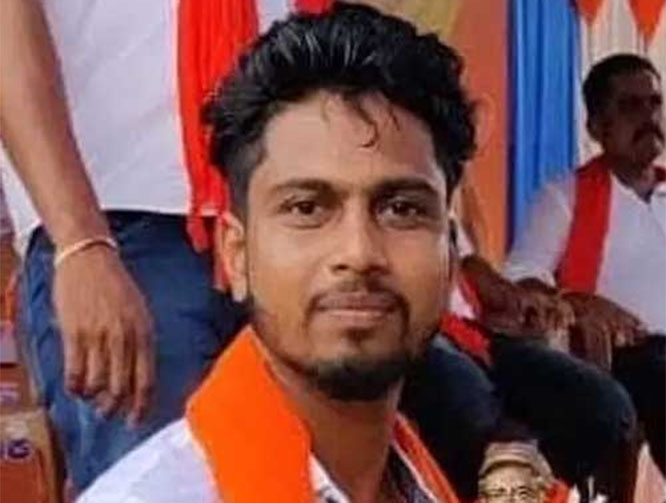
New Delhi, Sept 15: Pilot associations have told the Civil Aviation Ministry that their experience with the Director General of Civil Aviation (DGCA) over the last two decades has been disappointing and that safety regulations are diluted to favour commercial considerations of airline operators in the country.
The Indian Pilots Guild (IPG) and the Indian Commercial Pilots Association (ICPA) have sent their comments to the Ministry on the restructuring of DGCA.
"We have close to two decades of experience both interacting with and being regulated by DGCA. Our overall experience sadly has been disappointing. We have seen multiple iterations of important flight safety legislation being diluted to favour commercial considerations of airline operators in the country," the pilots told the ministry.
They added that at other times, DGCA has been over zealous in regulation, resulting in victimisation of pilots or cabin crew a lot more than achieving the intended flight safety objectives.
"Further, there are significant cases of regulation to protect airline interests, but rarely to protect the airline employees from mismanagement which is chronic in Air India at least. Many of these have been/are under challenge in courts of law throughout the country," they added.
Testing the crew for alcohol before a flight is an important flight safety requirement, which has been addressed adequately by the DGCA by asking for mandatory testing before a flight and removal from duty if found positive.
If a crew is found to be under the influence of alcohol, the airline is given no leeway to punish this individual administratively or allow any rehabilitation.
"The DGCA instead jumps in immediately to make an example of the individual through these draconian punishments. Other regulators handle this subject with a lot more empathy," the pilots added.
The service conditions between the airline operators and their employees with regard to resignation is an internal airline matter. That has not stopped the DGCA from coming up with regulations requiring pilots to give at least six months' notice before resigning from an airline. The same has been increased to one year now, which is under challenge in the Delhi High Court.
"It effectively forces a pilot to keep working in an airline while obviously unsatisfied. This has no bearing with the safety of the travelling public or arguably affects it negatively, a fact which has not deterred DGCA from abusing its oversight," the pilots said.
The pilots added that the DGCA is currently headed by an IAS officer. But the aviation industry is unique and highly technical and cannot be treated like a generic government department.
"At the helm of DGCA there must be a technocrat with relevant experience and qualifications. Without this crucial reform, no amount of restructuring will change the way DGCA operates," the pilots said.
Although the DGCA is an arm of the Civil Aviation Ministry, it must have complete operational independence to exercise objective oversight on civil aviation in India. It cannot be the judge, jury and executioner at the same time, the pilots said.
Any technical legislation proposed by the DGCA must be based on credible scientific research to be made available in the public domain. It is important to comply with the ICAO recommendations but at the same time, regulations must be tailored to the Indian aviation scenario, which is not possible by cherry picking other regulators, the pilots maintained.
Once a new legislation is issued by the DGCA, there must be a dedicated team to get it running smoothly and amend the regulations to address any unforeseen issues by closely working with all the affected stakeholders.
This team must actively seek feedback and review the on ground effectiveness ofthese regulation periodically to tackle emerging issues and keep legislation up to date, the pilots said.






Comments
Add new comment